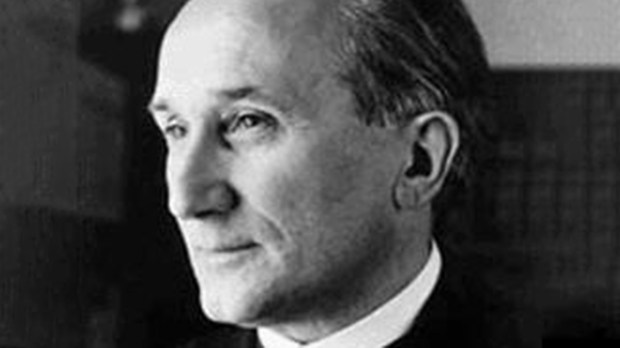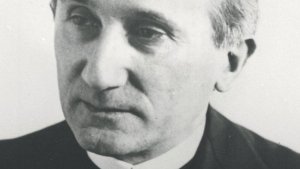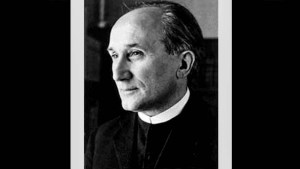After Sacrosanctum Concilium, the works of Romano Guardini are among the most quoted in Pope Francis’ latest letter on the liturgy.
Pope Francis writes in Desiderio desideravi, “In this is posed the decisive question of liturgical formation. Romano Guardini says, ‘Here too the first practical task is indicated: carried along by this inner transformation of our time, we must learn anew how to relate religiously as fully human beings.’ This is what the Liturgy makes possible. For this we must be formed.”
The liturgical legacy of Romano Guardini
Romano Guardini was a German priest who studied and wrote extensively on the liturgy during the early 20th century.
He left a lasting impact on Pope Benedict XVI, who made a special address in 2010 to a group gathered at the Vatican, summarizing the liturgical legacy of Guardini.
In guiding the young, Guardini also discovered a new approach to the Liturgy. For him the rediscovery of the Liturgy was a rediscovery of the oneness of spirit and flesh in the totality of the single human being, since liturgical action is always at the same time both bodily and spiritual. Prayer is extended through physical and community action, hence the oneness of reality as a whole is revealed.
Guardini wrote a book in 1918 called The Spirit of the Liturgy, and later, in 2000, Pope Benedict (at the time, Cardinal Ratzinger) published a book with the same name.
Pope Benedict believed Guardini highlighted many beautiful aspects of the liturgy, such as the symbolic nature of it.
The Liturgy is symbolic action. The symbol as the quintessence of the oneness of the spiritual and the material is lost when these separate, when the world is split in half, into spirit and flesh, into subject and object. Guardini was profoundly convinced that man is spirit in flesh and flesh in spirit and that the Liturgy and the symbol therefore lead him to the essence of himself and ultimately, through worship, to the truth.
Guardini even wrote an entire book on the symbolism of the gestures at Mass entitled Sacred Signs, which continues to help many Catholics enter more fully into the liturgy through the signs and symbols it communicates.
Pope Francis also quoted Guardini on this same topic, hoping that the Church could rediscover the power of symbols.
Guardini writes, “Here there is outlined the first task of the work of liturgical formation: man must become once again capable of symbols.” This is a responsibility for all, for ordained ministers and the faithful alike. The task is not easy because modern man has become illiterate, no longer able to read symbols; it is almost as if their existence is not even suspected.
Above all, Guardini sought to fuse both body and spirit together in the liturgy, so that whenever the Mass is celebrated, it is done with the whole human person.



